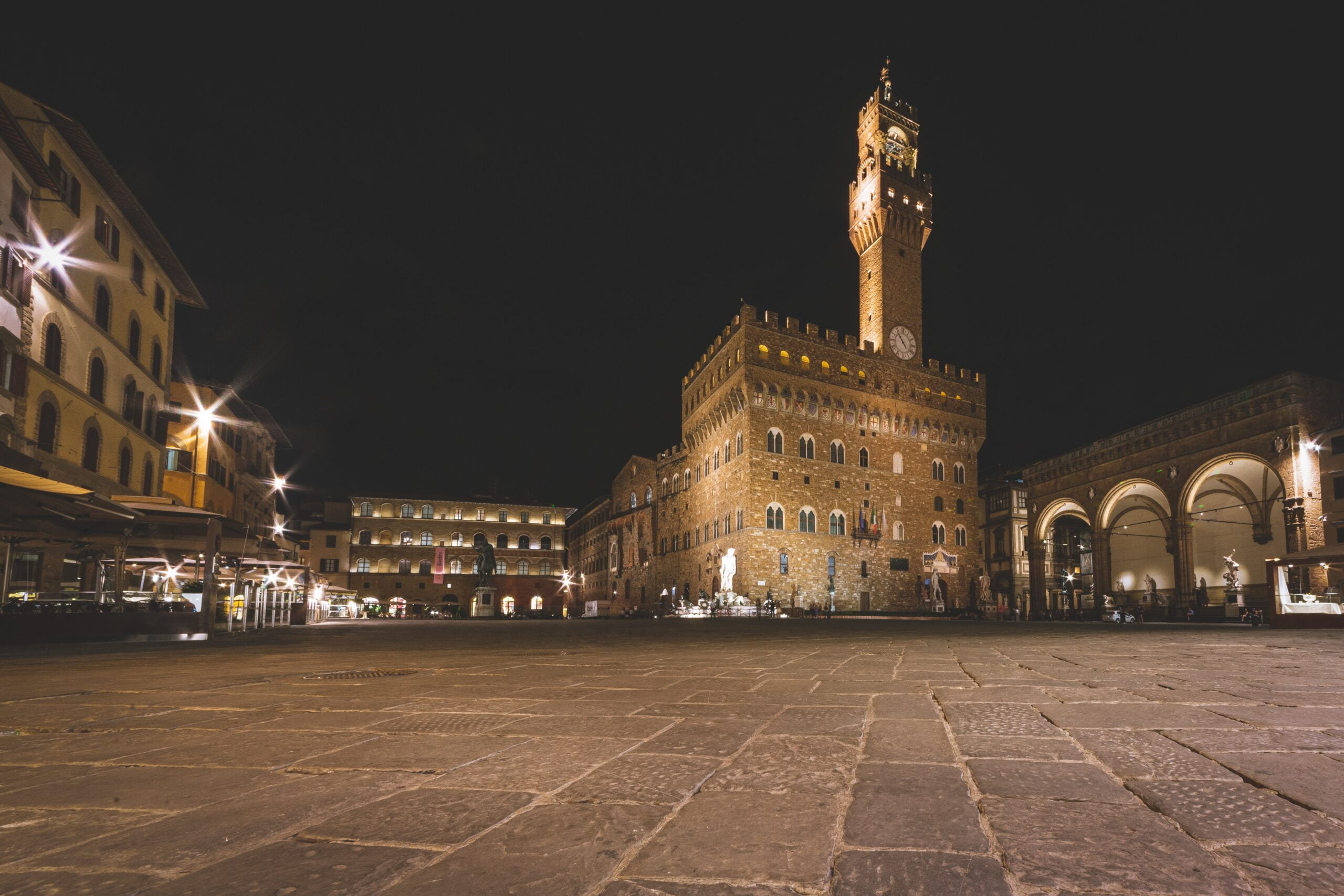

Removable sleeves were a distinctive feature of medieval fashion, particularly popular in Europe during the 14th and 15th centuries. This trend arose for both practical and aesthetic reasons, representing an ingenious solution to the need for adaptability and variety in clothing.
Origin and Development
During the Middle Ages, clothing was often expensive and time-consuming to make, especially for the nobility and the upper classes. The use of removable sleeves allowed for the appearance of a garment to be varied without owning many. The sleeves could be interchanged, customized, decorated with embroidery, jewels, or fur inserts, and were attached to the garment with laces, buttons, or hooks. This allowed wearers to combine different sleeves with a single dress, increasing the versatility of their wardrobe.
Function and Significance
The use of removable sleeves was associated with several factors:
- Practicality: Sleeves could be removed for separate washing or replaced in case of wear. This was particularly useful because the sleeves, being in contact with the skin, tended to get dirty more quickly than the rest of the dress.
- Climate Adaptability: During the warmer months, dresses could be worn without sleeves or with light sleeves, while in colder months, padded or fur-lined sleeves could be added for extra warmth.
- Status and Fashion: Removable sleeves also became a symbol of social status. Nobles and wealthy merchants could afford richly decorated sleeves, serving as symbols of wealth and power. Often, sleeves were given as gifts between lovers or as a token of favor and affection.
Evolution and Decline
During the Renaissance, the use of removable sleeves continued, but fashion quickly evolved towards more complex and definitive styles. Over time, clothing became more structured, and detachable sleeves began to disappear from everyday fashion, although they influenced other trends and accessories.
Today, the idea of detachable sleeves might seem like an innovative and creative concept, but it is rooted in a long history of practicality and social adaptation.



